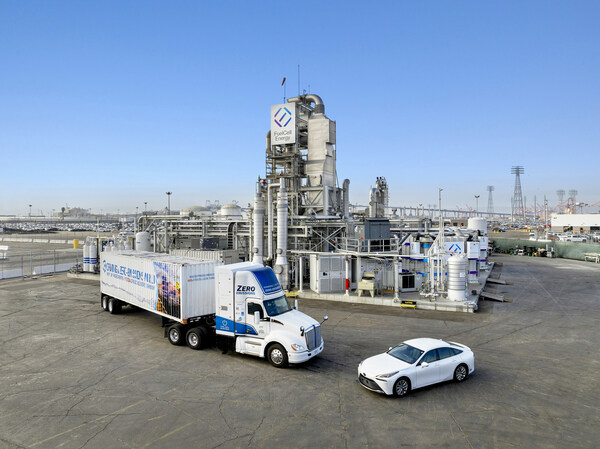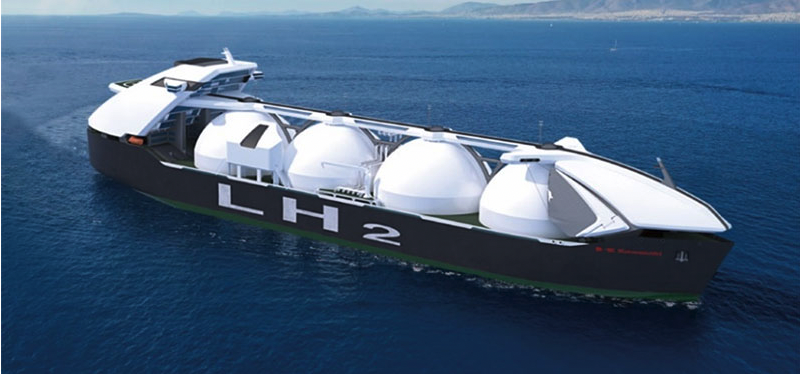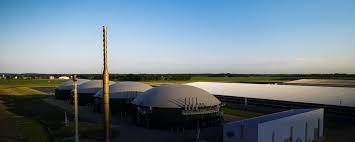JERA Co. has completed modification of the gas turbine at Linden Gas Thermal Power Station Unit 6 in the United States to enable the use of hydrogen, making possible the co-firing of natural gas with hydrogen-containing off-gas generated at the adjacent oil refinery, according to a news release.
Because it will require the procurement of hydrogen at an economically rational price and the development of carrier technology, it is expected to take some time before hydrogen can be used for power generation in Japan. By working to resolve such issues and advancing the use of hydrogen at power plants in areas where hydrogen is already available, JERA seeks to accumulate technical capabilities and experience that can be applied to future power generation projects both at home and abroad.
JERA had previously decided to move forward, through JERA Americas Inc., with modification of the gas turbine at Linden Unit 6 to enable co-firing with hydrogen-containing off-gas supplied by Bayway Oil Refinery, which is owned by the major US oil refiner Phillips 66.
With the completion of this work, hydrogen co-firing of up to 40% (by volume) will be possible at Linden Unit 6. The effective use of hydrogen-containing off-gas sourced from the adjacent oil refinery is expected to reduce CO2 emissions at both Unit 6 and the oil refinery.
Under its “JERA Zero CO2 Emissions 2050” objective, JERA has been working to eliminate CO2 emissions from its domestic and overseas businesses by 2050. By leveraging its strengths across the entire value chain from upstream fuel development through power generation, working actively to develop decarbonization technologies, and seeking to ensure economic rationality, JERA will continue its efforts to achieve zero emissions going forward.








